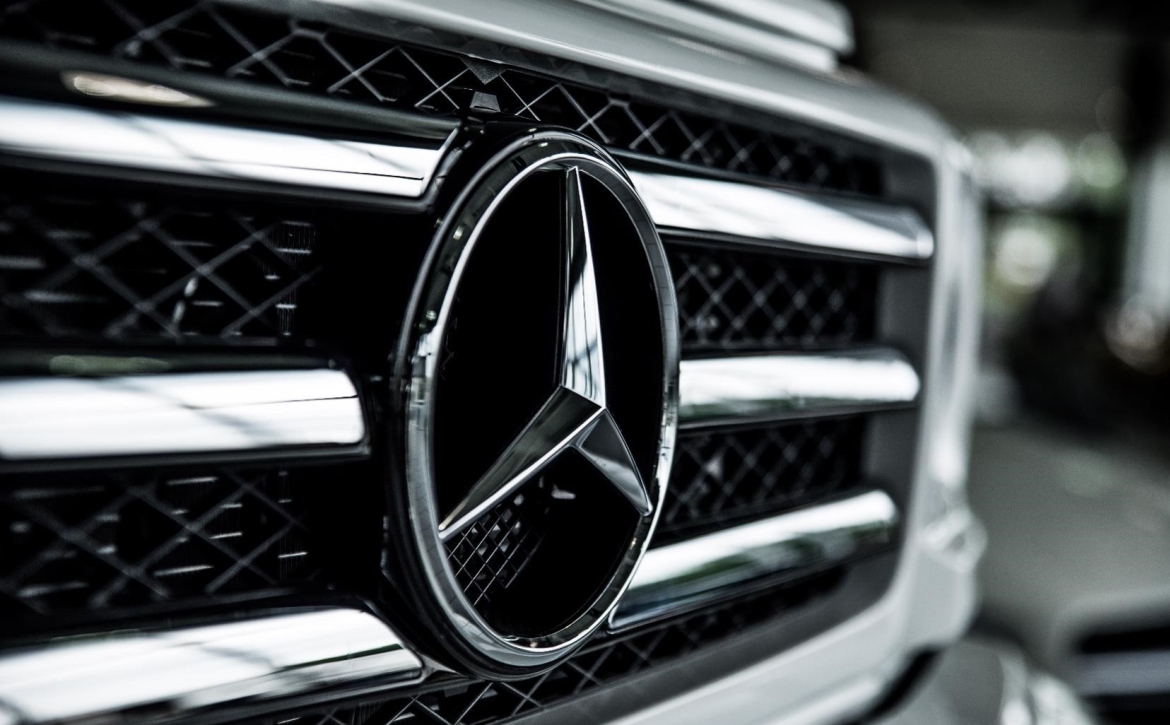Earlier this year, the Full Federal Court decision of AP Group Limited v Commissioner of Taxation [2013] FCAFC 105 clarified GST liability in relation to certain motor vehicle incentive payments. The Court held that fleet rebates and run-out model support payments attracted liability for GST, however, retail target incentives, wholesale target incentives, and transit allowances were outside the scope of GST.
The final decision impact statement, published by the Australian Taxation Office, has highlighted the wider implications of this case, indicating a significant change to the calculation of the luxury car tax (“LCT”) when certain motor vehicle incentive payments are received from the manufacturer or distributor.
In calculating the LCT value of a car, payments like fleet rebates or run-out model support payments received from the manufacturer or distributor will now need to be included as part of the sale price of the car. As a result, the LCT value of the car will increase, and may now exceed the LCT threshold ($60,316 including GST for 2013-14). Cars that exceed the LCT threshold are subject to LCT.
The Commissioner of Taxation will enforce these changes to the LCT from 28 February 2014. From that date, motor dealers must calculate and remit LCT on the basis that the ‘price’ of the vehicle includes the fleet rebates, run-out model support incentive payments and any other motor vehicle incentive payments that are third-party consideration.
The Commissioner is currently developing more detailed views about third-party consideration payments that must be included in the price of vehicles, under Division 134 of the A New Tax System (Goods and Services Tax Administration) Act 1999(Cth).
Click here for access to the full copy of the Decision Impact Statement. Decision Impact Statement


















